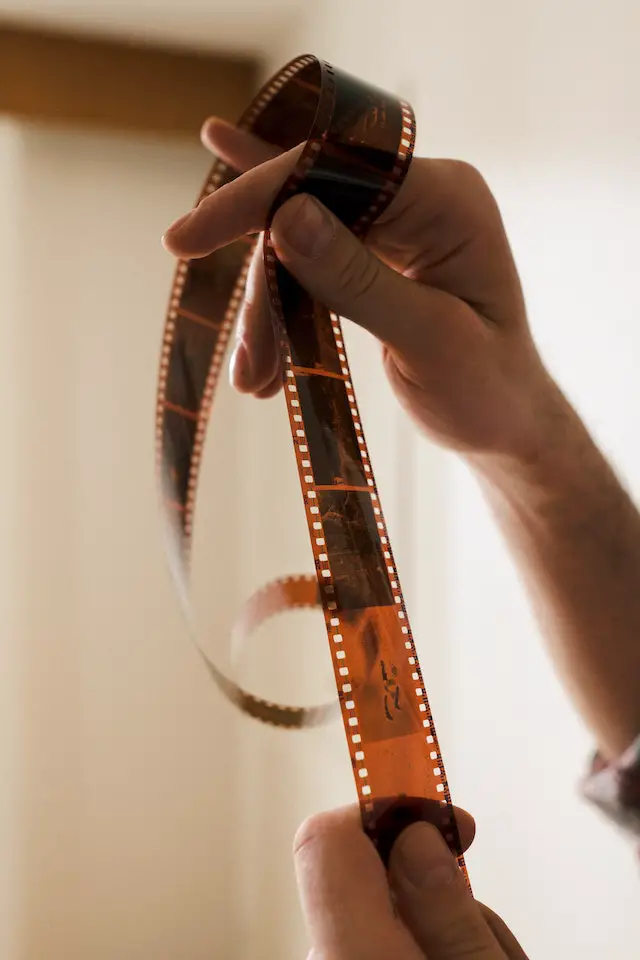You’ve just returned from an epic photography adventure, capturing breathtaking scenes from around the globe. You can’t wait to develop your film and share your work with the world. But before you can do that, you have to navigate the maze of airport security. How do you ensure your precious film stays safe and undamaged as it passes through the x-ray scanners and conveyor belts?
Don’t worry, we’ve got you covered. In this article, we’ll guide you through the process of protecting your film at airport security, so you can preserve your memories and bring your art to life.
Table of Contents
The Journey Begins: Understanding the Dangers
Before we dive into the nitty-gritty of protecting your film, it’s essential to understand the risks involved when traveling with film. The primary concern is the effect of x-ray machines on film.
While digital cameras and memory cards are typically unaffected by x-ray scanners, film is a different story. High-speed or high ISO film can be more susceptible to damage, and repeated exposure to x-rays can cause cumulative damage to any film.
Here’s the deal: x-rays can cause fogging, which shows up as a hazy, washed-out appearance in your developed images. The higher the ISO of your film, the greater the risk of damage. But don’t worry – with a bit of planning and some simple tips, you can protect your film from the perils of airport security.
Read More: About Passport Washed in Washing Machine
The Strategy: Hand-Inspection and Shielding
Hand-Inspection: Your Best Bet
The most effective way to protect your film from x-rays is to request a hand inspection. Security personnel can visually inspect your film and ensure it doesn’t pass through the x-ray machine. In many countries, including the United States, you have the right to request a hand inspection for your film.
Here are some tips for requesting a hand inspection:
- Be polite and patient. Security agents are just doing their job, and a little kindness goes a long way.
- Plan ahead. Give yourself extra time at the airport to account for the additional inspection.
- Organize your film. Keep your film in a clear, plastic bag so it’s easy for the agent to inspect.
Shielding: Your Backup Plan
Sometimes, hand inspection may not be an option or feasible in certain situations. In these cases, consider using a lead-lined bag to shield your film from x-rays. These bags can significantly reduce the amount of radiation that reaches your film. Keep in mind, however, that very thick bags may prompt security personnel to increase the intensity of the x-ray machine, potentially negating the bag’s protective effects.
Additional Tips for Protecting Your Film at Airport Security
- Carry your film in your carry-on luggage. Checked luggage is subject to more powerful x-rays, which can cause more damage to your film.
- Label your film. Clearly mark your film canisters with the film’s ISO rating, so security personnel can quickly assess the risk.
- Avoid packing film in your pockets. Metal detectors and body scanners can damage film, so it’s best to keep it in your carry-on luggage.
Frequently Asked Questions (FAQs)
Yes, you can travel with both developed and undeveloped film. However, undeveloped film is more sensitive to x-ray damage, so be sure to follow the tips outlined in this article to protect your film at airport security.
There is no specific number of times film can safely pass through x-ray machines without damage. However, the risk of damage increases with each exposure, especially for high-speed or high ISO film. To minimize the risk, always request a hand inspection when possible.
While all types of film can be affected by x-rays, higher ISO films are more susceptible to damage. Low-speed or low ISO films are less sensitive, but it’s still a good idea to take precautions to protect your film.
Yes, you can use a lead-lined bag for multiple rolls of film. Just make sure the bag is large enough to accommodate all your film without overcrowding, which could make it more difficult for security personnel to inspect.
The most common sign of x-ray damage is fogging, which appears as a hazy, washed-out effect in your developed images. If you suspect your film has been damaged, it’s a good idea to have it professionally assessed by a lab or experienced photographer.
If you believe your film has been damaged at airport security, it’s essential to document the incident. Take photos of the damaged film, and file a report with the airport and your airline. While compensation may not always be available, it’s crucial to report the issue to help raise awareness and improve procedures for protecting film at airport security checkpoints.
Read More: About Am I Too Old to Go Travelling
In Conclusion: Safeguard Your Memories and Art
Armed with these tips, you can confidently navigate airport security and protect your film from x-ray damage. Remember to request hand inspections, use lead-lined bags when necessary, and follow our additional tips to ensure your film arrives at its destination unharmed.
With a bit of planning and vigilance, you can safeguard your precious memories and share your stunning photography with the world. Safe travels and happy shooting!








